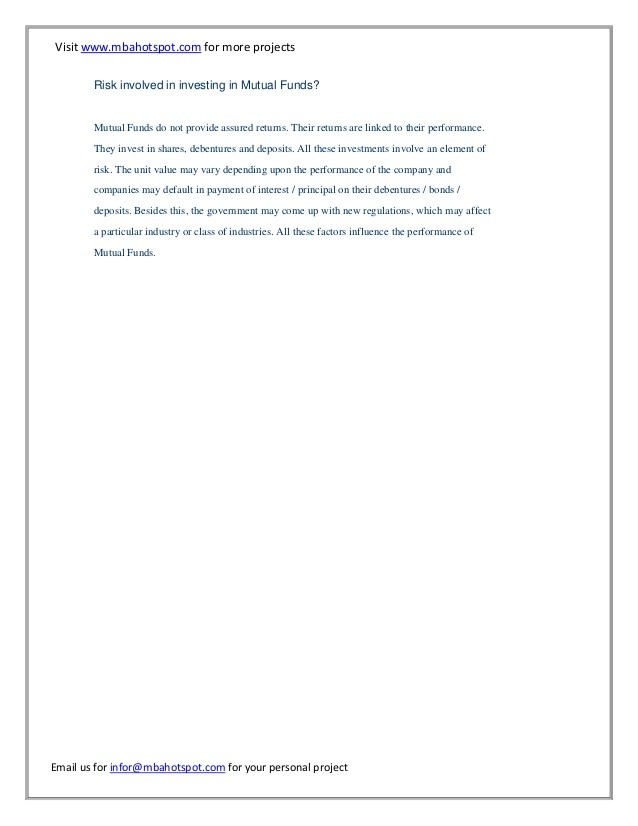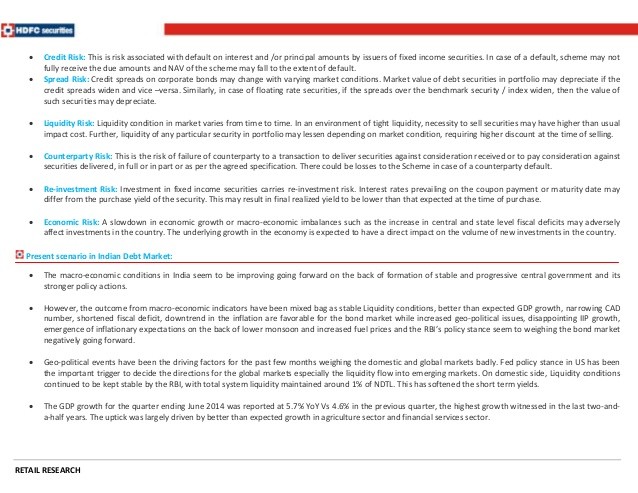How to Analyze a Mutual Fund s Risk For Dummies
Post on: 14 Апрель, 2015 No Comment

Online mutual fund investors can get additional information about risk from Morningstar. Enter the mutual funds ticker symbol at Morningstar.com in the Quote blank in the upper center of the page and click the Quote button.
Next, click the Ratings & Risk tab on the new page that appears, just under the name of the fund. Scroll down a bit and you will see all the vital measures of the funds risk, including
Standard deviation: Standard deviation is a way to measure an investments risk. All you really need to know is that the higher the standard deviation, the higher the funds risk.
Sharpe Ratio: This measure gives you, at a glance, an idea of how much bang youre getting from the mutual fund for the risk youre taking. The higher the Sharpe Ratio named after Nobel Laureate William Sharpe the more return youre getting for the risk.
R-Squared: This measure helps you figure out how much of a funds movement is due to the judgment of the portfolio manager and how much is due to the movements of the stock market. The closer R-Squared is to 100, the more the fund mirrors whats going on in the stock market. An index fund tracking the S&P 500 index, for instance, would have an R-Squared of very close to 100.
Dont pay a mutual fund manager high fees for just investing in an index. You could pay much less and just buy an index fund. To know whether your manager is shadowing the market, look at R-Squared. If an actively managed fund you own has an R-Squared close to 100, consider dumping it and buying an index fund.
Beta: Measures how sensitive your fund is to movements by the rest of the stock market. A fund with a beta of 1 moves up and down by the same order of magnitude as the stock market. A beta of 0.75 shows that the fund tends to underperform by 25 percent when the market gains but declines 25 percent less when the market falls.

If you want less wild swings in your financial life and can accept lower returns as a result, look for a fund with a low beta.
Alpha: Definitely one of the best statistics out there for measuring mutual funds. This single number tells you whether the portfolio manager is adding value or destroying value. When a fund has a negative alpha, that means it performs worse than it should, based on the amount of risk thats being assumed.
When the alpha is positive, it means that the manager is adding value by getting a better return than would be expected for the risk being taken. Always look for mutual funds with positive alphas. In measuring alpha, Morningstar compares all funds not only to the market (S&P 500) but also to the index that most closely matches a funds investment objective.
- Add a Comment Print Share














